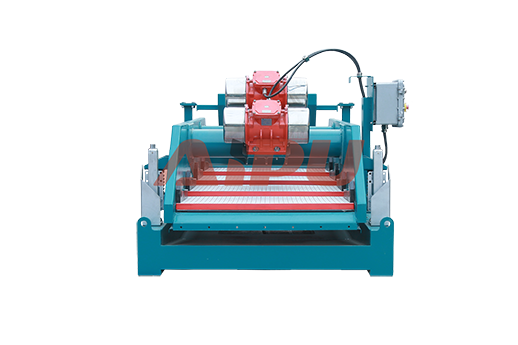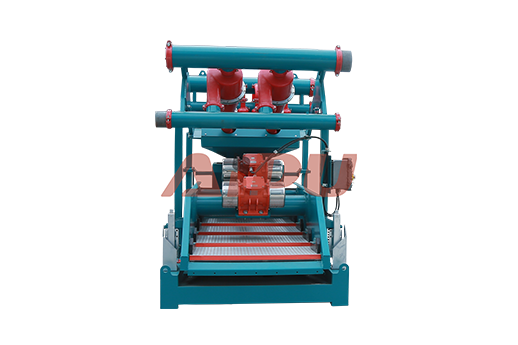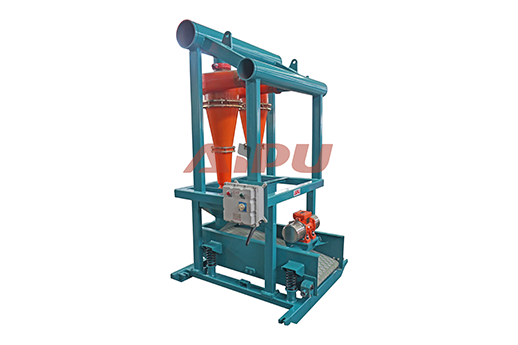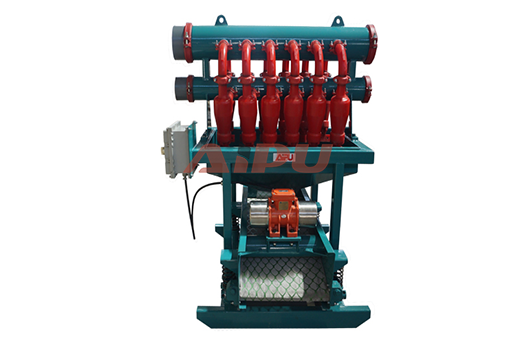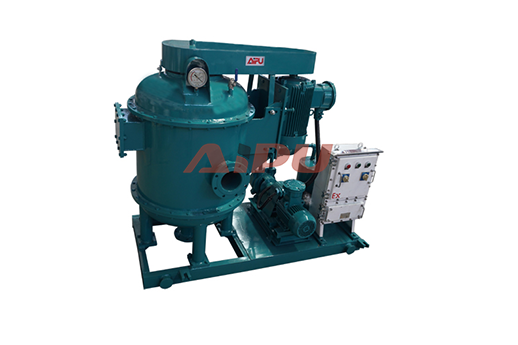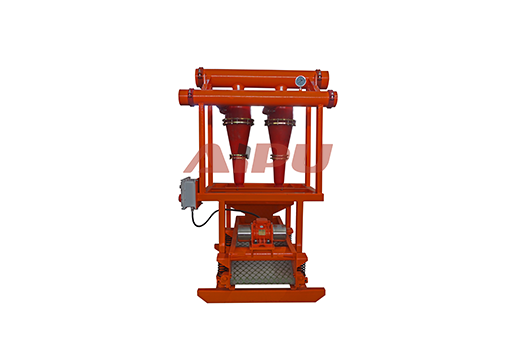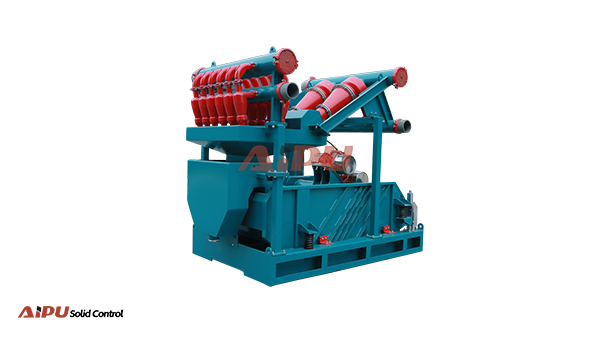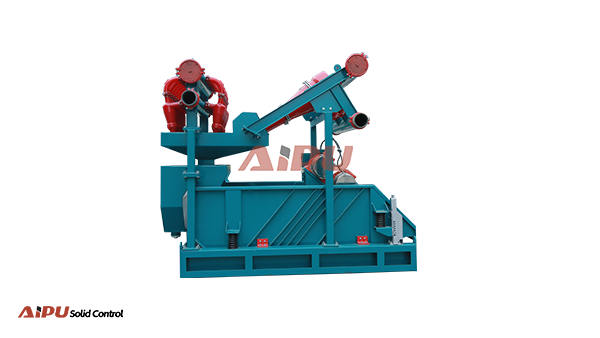Key Innovations in Land - based Drilling
In the realm of drilling operations, solids control systems stand as a cornerstone for achieving cleaner and more efficient processes. These systems play a pivotal role in separating and removing unwanted solids from drilling fluids, which is essential for maintaining the quality of the fluid and ensuring the smooth progress of drilling activities.
Importance of Solids Control in Drilling
Drilling fluids, also known as muds, serve multiple critical functions during the drilling process. They cool and lubricate the drill bit, carry cuttings to the surface, and maintain wellbore stability. However, as the drill bit breaks through rock formations, it generates a significant amount of solid particles that can contaminate the drilling fluid. If these solids are not effectively removed, they can cause a range of problems. For instance, excessive solids can increase the viscosity of the drilling fluid, leading to higher pumping pressures and reduced drilling efficiency. Moreover, they can cause wear and tear on drilling equipment, such as pumps and valves, increasing maintenance costs and downtime.
Components of Solids Control Systems
Solids control systems typically consist of several key components, each designed to perform a specific function in the solids removal process. The first stage usually involves a shale shaker, which is a vibrating screen that separates large cuttings from the drilling fluid. After the shale shaker, the fluid may pass through a desander and a desilter, which use centrifugal force to remove smaller particles. These hydrocyclone - based devices are highly effective in separating solids of different sizes. Additionally, a centrifuge is often used as the final stage of solids control. It can remove even the finest particles from the drilling fluid, ensuring that the fluid meets the required quality standards.
Benefits of Implementing Solids Control Systems
The implementation of solids control systems brings numerous benefits to drilling operations. Firstly, it improves the overall efficiency of the drilling process. By maintaining the proper properties of the drilling fluid, the drill bit can cut through rock formations more smoothly, reducing the time and energy required for drilling. Secondly, it extends the lifespan of drilling equipment. With fewer solids in the fluid, there is less abrasion on pumps, valves, and other components, reducing maintenance and replacement costs. Thirdly, it has environmental advantages. Cleaner drilling fluids can be reused more effectively, reducing the amount of waste generated during drilling operations and minimizing the environmental impact.
Future Trends in Solids Control Systems
The future of solids control systems is promising, with several emerging trends. One such trend is the development of more advanced and automated systems. These systems can monitor and adjust the solids removal process in real - time, optimizing the performance of the system and reducing the need for manual intervention. Another trend is the use of more environmentally friendly materials and processes in solids control. For example, biodegradable polymers may be used in drilling fluids to enhance solids separation while minimizing environmental harm. Additionally, there is a growing focus on integrating solids control systems with other drilling technologies to create more comprehensive and efficient drilling solutions.

Importance of Solids Control in Drilling
Drilling fluids, also known as muds, serve multiple critical functions during the drilling process. They cool and lubricate the drill bit, carry cuttings to the surface, and maintain wellbore stability. However, as the drill bit breaks through rock formations, it generates a significant amount of solid particles that can contaminate the drilling fluid. If these solids are not effectively removed, they can cause a range of problems. For instance, excessive solids can increase the viscosity of the drilling fluid, leading to higher pumping pressures and reduced drilling efficiency. Moreover, they can cause wear and tear on drilling equipment, such as pumps and valves, increasing maintenance costs and downtime.
Components of Solids Control Systems
Solids control systems typically consist of several key components, each designed to perform a specific function in the solids removal process. The first stage usually involves a shale shaker, which is a vibrating screen that separates large cuttings from the drilling fluid. After the shale shaker, the fluid may pass through a desander and a desilter, which use centrifugal force to remove smaller particles. These hydrocyclone - based devices are highly effective in separating solids of different sizes. Additionally, a centrifuge is often used as the final stage of solids control. It can remove even the finest particles from the drilling fluid, ensuring that the fluid meets the required quality standards.
Benefits of Implementing Solids Control Systems
The implementation of solids control systems brings numerous benefits to drilling operations. Firstly, it improves the overall efficiency of the drilling process. By maintaining the proper properties of the drilling fluid, the drill bit can cut through rock formations more smoothly, reducing the time and energy required for drilling. Secondly, it extends the lifespan of drilling equipment. With fewer solids in the fluid, there is less abrasion on pumps, valves, and other components, reducing maintenance and replacement costs. Thirdly, it has environmental advantages. Cleaner drilling fluids can be reused more effectively, reducing the amount of waste generated during drilling operations and minimizing the environmental impact.
Future Trends in Solids Control Systems
The future of solids control systems is promising, with several emerging trends. One such trend is the development of more advanced and automated systems. These systems can monitor and adjust the solids removal process in real - time, optimizing the performance of the system and reducing the need for manual intervention. Another trend is the use of more environmentally friendly materials and processes in solids control. For example, biodegradable polymers may be used in drilling fluids to enhance solids separation while minimizing environmental harm. Additionally, there is a growing focus on integrating solids control systems with other drilling technologies to create more comprehensive and efficient drilling solutions.

